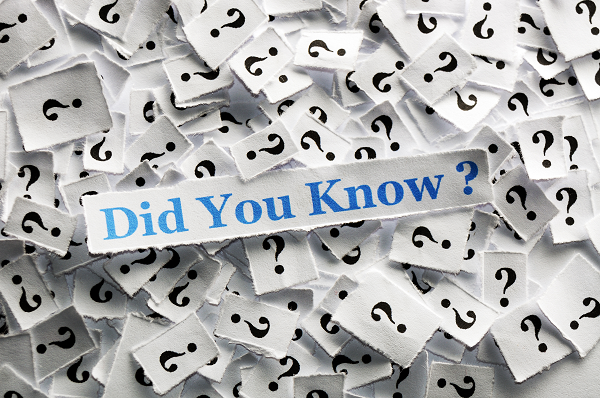
POS System and What It Is
What is a POS System?
These days, most, if not all retailers and restaurant operators use a computerized POS system to run their business, harnessing it to ring up merchandise or food and beverage sales, as well as to ensure easy, accurate record-keeping. POS system components vary, depending on the needs of the retailer or restaurant operator. But let’s take a look at the makeup of an average POS system, which includes:
1. POS terminal and cash drawer
The POS terminal is the hardware on which transactions are rung up. Some retailers and restaurant operators still use an electronic cash register (ECR) as a POS terminal, but most have switched to a PC-based model. Some use a tablet as the base of their POS system. (Learn more about tablet POS by checking out other blog posts on this website). No matter the type of terminal, all retail and restaurant establishments utilize a cash drawer to store cash and redeemed paper coupons and gift cards.
2. Back-office server
The back-office server functions as a repository for such critical information as prices, bar codes, and sales reports. The back-office server is the primary source of information in environments where a multi-unit retailer or restaurant operator has a network of POS terminals throughout one establishment and/or uses terminals at other stores in a chain. Any software deployed by retailers and restaurant operators is downloaded to this POS system component—no matter how many terminals are in the network.
3. Monitor
This is the screen on which transaction information appears as merchandise or dining purchases are rung up. Employees (and in some cases, customers) can see the list of items, along with the price, tax, sub-totals, and any other pertinent business information, as it enters the POS system. The monitor operates in tandem with the back-office server and other components, like the mouse, keyboard and cash drawer.
4. Bar code scanner
The bar code scanner component of the POS system harnesses a laser beam to capture bar-coded pricing information on merchandise labels and price tags. Bar code scanning occurs during the checkout process.
Bar code scanners come in two “flavors”: built-in and hand-held. Generally found at the base of the counter near the cash register, the former typically comprises flat glass with a laser beam underneath. To use it, store associates simply swipe or push the item being rung up across the glass. To read bar codes with a hand-held bar code scanner, employees wave the unit across the bar code on the product packaging or bar coded price tag.
5. Keyboard
The keyboard is used to enter items, services, pricing information, updates and all other information essential to running the business. A POS system that works without a touchscreen monitor or bar code scanner for ringing up sales may also require a keyboard.
6. Printer(s)
A receipt printer generates receipts for purchases, as well as guest checks. Some retailers’ POS systems also include a separate printer for printing out other materials, such as copies of special order invoices, warranties, and delivery instructions to give to customers.
7. Magnetic stripe reader (MSR) and PIN pad
The MSR is incorporated into the POS system to capture credit or debit card information. It can be attached to the POS terminal to enable a customer to swipe a credit card at the time of payment. In instances when debit cards require personal identification numbers (PINs), a portable PIN pad can be installed. Some MSRs and PIN pads have a signature capture screen where customers can digitally sign credit transaction receipts.
8. Contactless payment acceptance technology
Some retailers now accept contactless payments. In a contactless payment scenario, customers hold a credit card or smart phone within close proximity of a near field communications (NFC)-enabled reader to initiate payment. This type of technology should become more widely accepted with card issuers’ move to the Europay/MasterCard/Visa (EMV) standard, which takes hold in 2015 and involves the replacement of magnetic stripe cards with chip cards that are read using NFC technology.
Whatever type of store or restaurant you operate, you need a POS system. Understanding the different components of such a system, and the purpose of each component, is a good base for putting together a configuration that fits your needs.
